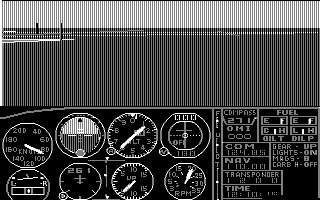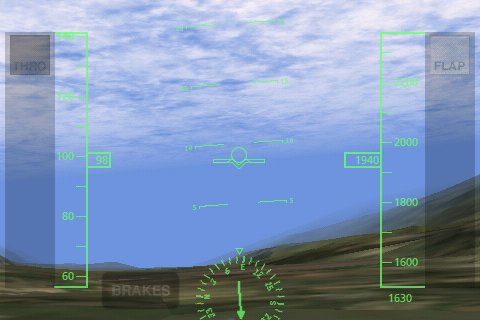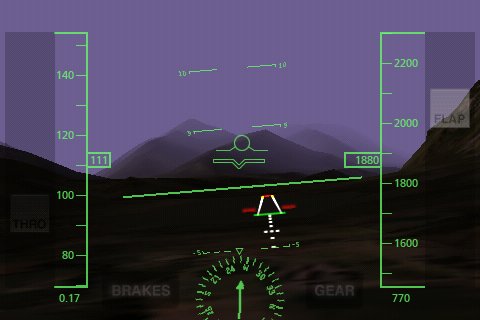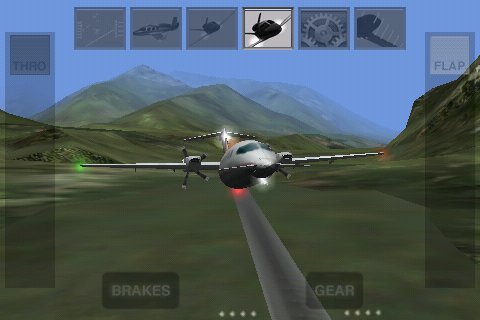I have a confession to make.
I’m quite old. Mid-40s, at least. Old enough to remember the earliest days of home computing. Dragon, PET, Sinclair ZX81, then Amiga and the earliest IBM PCs and the RM 380z, in my case. Then on through the PC’s AT and then Pentium series and through to the Celerons and Centrinos of today. And, on the Mac front, similar progress through to today’s iMacs and MacBook Pros.
And throughout it all, there was one application which validated the platform as a serious computer. And, you know what, the Apple iPhone shares this application.Every serious (and not so serious) desktop platform in history has had a decent flight simulator. Obviously, the definition of ‘decent’ has changed through the ages, but within tech limits, each mains-powered device has had at least one flight simulator game, most notably the archetypal ‘Flight Simulator’, shown here:
This was created by a third party and used very much as the test for whether a PC was a ‘real’ PC – in that if it could run the demanding Flight Simulator then it was obviously both compatible and of reasonable performance. And, of course, Microsoft bought the application up and have been carrying on development ever since, now marketing it as a (slightly) less techy leisure title.
And what has all this got to do with the Apple iPhone? Well, no serious attempt has so far been made, on ANY handheld or mobile platform, to implement a genuine flight simulator (or sim-type game). The hardware and OS just haven’t been up to it. Up until now.
I was as staggered as anyone to see the arrival of X-Plane 9 in the iPhone/iPod Touch’s AppStore. This is the top flight simulator in the Mac world and, famously, was adapted in record time for the iPhone. And it works rather well, with terrific frame rate and realistic flight modelling.
Admittedly, the area you can fly over is somewhat limited, but then the sheer number of Megabytes of storage needed for each tile of land do dictate this sort of limit. At the moment there are four planes to choose from, plus a sumptuous selection of environmental conditions – time, cloud base, visibility, wind speed, and so on. You can even fiddle with subtleties like the centre of gravity of your plane!
Control is via the iPhone’s built-in accelerometer, of course, mimicking a plane joystick and, as a nice touch, you can set the default level of ’tilt’ that you want to be ‘stick centre’, so you can play it as easily in bed as standing up.
As with all serious flight simulators, there are on-screen head-up instruments, plus a variety of arty external fly-by views – though any pilot worth his salt will stay inside the cockpit! The ultimate test of any flight simulator (or indeed any ‘simulation’) is whether the game is as hard as the real thing. Thankfully, X-Plane 9 is every bit as hard as landing a real plane. You try landing one of the jets at night with cross-winds, and then be grateful for the skills of real world pilots.
The presence of X-Plane 9 validates the iPhone OS as not just a great games platform but also a serious computing platform, full stop. Yes, there are nagging worries like the lack of proper third party app multitasking, but X-Plane 9 shows the way in dramatic fashion – no other handheld platform can come close in this regard, it seems.
One tip: X-Plane 9 really hits the RAM of an iPhone or iPod Touch hard – if it doesn’t run smoothly then it’s worth powering off and powering on again – it’s worth it for this application, trust me.




